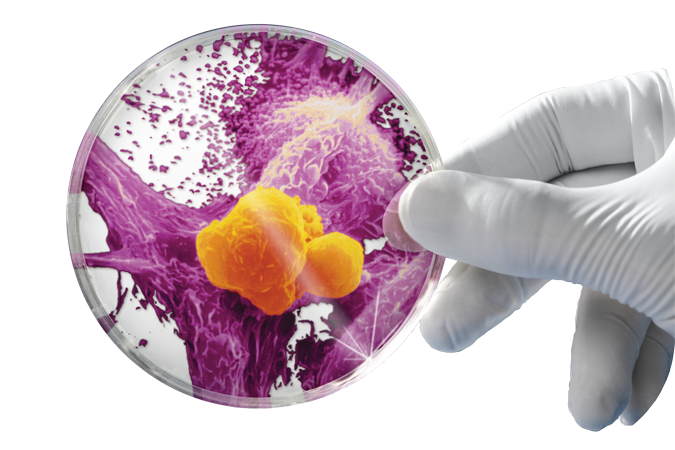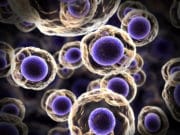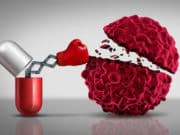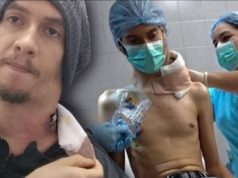Research showing some insight on the way the body’s blood supply works could help those with leukemia.
Scientists are inching forward more and more towards creating blood stem cells that can lower the need for bone marrow transplants in people with leukemia or blood disorders. Personalized blood treatments and therapies can be created by scientists with the ability to grow artificial stem cells from pluripotent stem cells. Blood stem cells within the bone marrow create all of the body’s blood cells.
These are called Haematopoietic stem cells and they assist patients with leukemia by helping rebuild the body’s blood supply. Scientists have used a model based on mice to identify just how the haematopoietic stem cell develop during life in the womb. The research showed that there were three essential molecules that integrate with each other to generate cells which are later found in the bone marrow of adults. This groundbreaking research can assist scientists in reconstructing the procedure in a lab setting. This could hopefully lead to advancements in haematopoietic stem cells for leukemia treatments. Scientists say that this key knowledge of how the haematopoietic stem cell is created during the early stages may help in treating other diseases that are affected by the blood supply or even by how blood is formed. Scientists say this fundamental understanding of early development may also have an impact on other diseases that affect blood formation and supply.
According to Professor Alexander Medvinsky, of the University of Edinburgh’s MRC Centre for Regenerative Medicine said: “There is a pressing need to improve treatments for diseases like leukaemia and this type of research brings us a step closer to that milestone. The more we understand about how embryos develop these blood stem cells, the closer we come to being able to make them in the lab.”


























